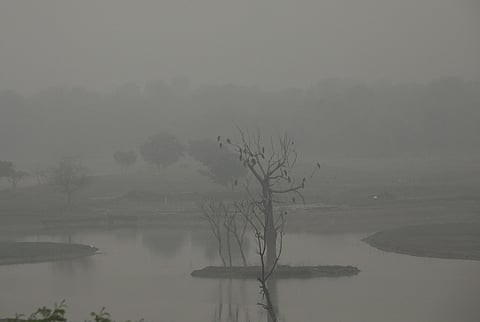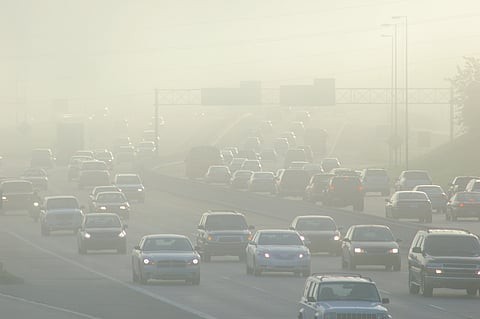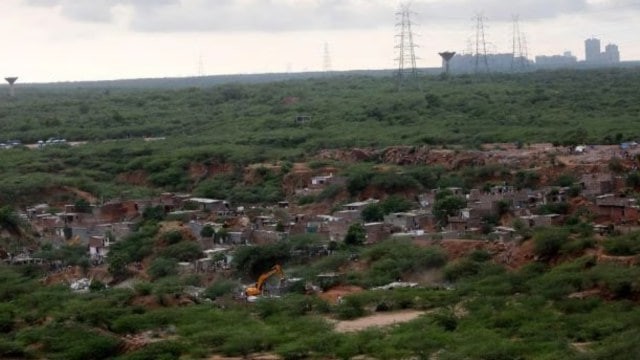




Source: DOWNTOEARTH
Disclaimer: Copyright infringement not intended.
The Saola one of the rarest large land mammals is often called the Asian Unicorn due to its elusive nature.
In a significant scientific breakthrough researchers have successfully mapped its genome using tissue fragments from hunter-collected remains offering hope for future conservation efforts.
|
Feature |
Details |
|
Scientific Name |
Pseudoryx nghetinhensis |
|
First Discovery |
1992, by Vietnamese Ministry of Forestry and WWF |
|
Physical Features |
Long straight parallel horns (both sexes), white facial markings |
|
Conservation Status |
Critically Endangered (IUCN Red List) |
|
Estimated Population |
50 to 300 individuals (as of 2015) |
Geographic Range: Restricted to the Annamite Mountains along the Vietnam–Laos border.
Habitat Type: Moist evergreen forests with high humidity and little to no dry season.
Ecological Role: As a unique herbivore in an isolated ecosystem it represents an ancient evolutionary lineage and serves as a flagship species for Annamite biodiversity.
|
Threat |
Impact |
|
Snaring and Illegal Hunting |
Primary cause of mortality; traps intended for other species also kill saolas. |
|
Habitat Loss |
Forest clearing for agriculture and infrastructure development. |
|
Habitat Fragmentation |
Isolates populations, making breeding and genetic exchange difficult. |
|
Low Reproductive Rate |
Compounds the risk of extinction when combined with external threats. |
|
Genetic Insight |
Details |
|
Population Divergence |
Two genetically distinct groups diverged 5,000–20,000 years ago |
|
Reason for Split |
Likely due to forest habitat changes after the Last Glacial Maximum |
|
Impact of Agriculture (~4,000 years ago) |
Led to increased human interference, hunting, and genetic isolation |
|
Complementary Gene Pools |
Each group lost different genetic traits; combining them may restore diversity |
Sources:
|
PRACTICE QUESTION Q. Recently, scientists mapped the genome of the Saola an endangered mammal. Consider the following statements:
Which of the statements given above is/are correct? A. 2 only Answer: C |







© 2025 iasgyan. All right reserved